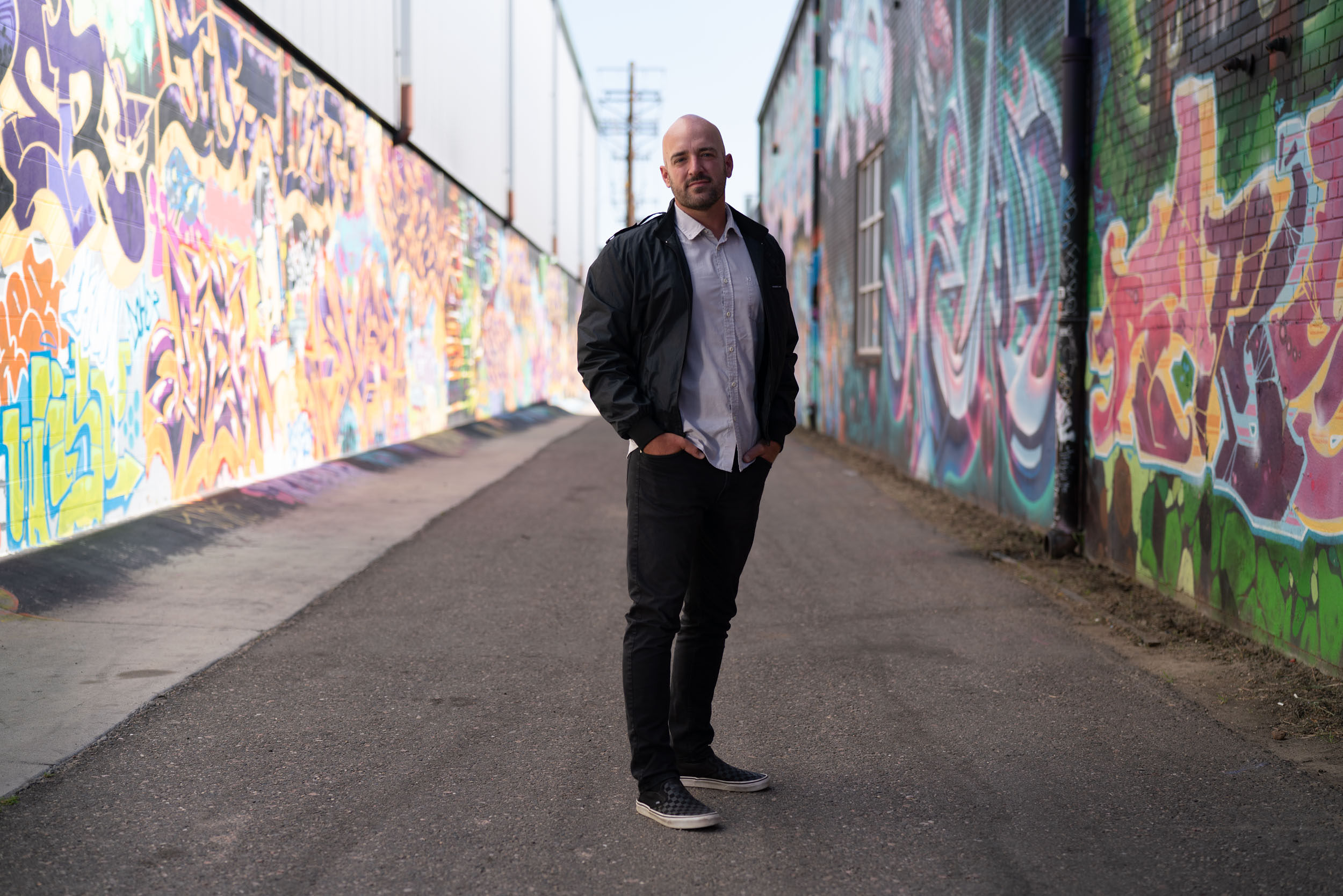
View my Google Scholar profile here.
2023. An environmental justice analysis of air pollution in India. Scientific Reports, 13:16690 (with P. deSouza et al.).
2023. No justice, No streets: Evaluating environmental justice on open streets in three US cities. Journal of Urban Affairs (with D. Slabaugh and A. Rigolon).
2023. The neighborhood built environment and COVID-19 hospitalizations. PLOS ONE, 18(6): e0286119 (with A. Rigolon, B. Anderson-Gregson, A. Miller, P. deSouza, B. Montague, C. Hussain, K. Erlandson, S. Rowan).
2023. Beyond revanchism? Learning from sanctioned homeless encampments in the U.S. Urban Geography, 45: 433-459 (with J. Orr, A. Rigolon, L. Granja, D. Slabaugh).
2023. Non-sexist public space in the Kingdom of Saudi Arabia. Planning Practice and Research, 38: 274-291 (with A. Alhassan).
2022. Power through social networks: A case study of urban farmers facing land development in Delhi, India. Habitat International (with J. Diehl, M. Bose, and D. Thomas). Online First.
2022. Open streets for whom? Toward a just livability revolution. Journal of the American Planning Association, 88: 253-261 (with D. Slabaugh and A. Rigolon). Featured in: Blander, A. 2022. Ensuring “open streets” plans advance social equity. Uncovering JAPA Blog.
2021. What shapes uneven access to urban amenities? Thick injustice and the legacy of racial discrimination in Denver’s parks. Journal of Planning Education and Research, 41: 312-325 (with A. Rigolon).
2020. Green gentrification or “just green enough”: Do park location, size, and function affect whether a place gentrifies or not? Urban Studies, 57: 402-420 (with A. Rigolon).
2020. Planning with justice in mind in a shrinking Baltimore. Journal of Urban Affairs, 42: 351-370 (with J. Hollander, E. Whiteman, and M. Johnson).
2019. Toward a socio-ecological model of gentrification: How people, place, and policy shape neighborhood change. Journal of Urban Affairs, 41: 887-909 (with A. Rigolon).
2018. Disaster risk creation in the Darjeeling Himalayas: Moving towards justice. Environment and Planning E: Nature and Space, 1: 340-362 (with A. Rumbach).
2018. “We’re not in the business of housing”: Environmental gentrification and the non-profitization of green infrastructure projects. Cities, 81: 71-80 (with A. Rigolon). [Featured in: Rigolon, A. & J. Németh. 2018. Why certain parks gentrify surrounding neighborhoods and what we can do about it. Science Trends (November).]
2018. Privately owned parks in New Urbanist communities: A study of environmental privilege, equity, and inclusion. Journal of Urban Affairs, 40: 543-559 (with A. Rigolon).
2018. Are multimodal travelers satisfied with their lives? A study of accessibility and wellbeing in the Denver, Colorado metropolitan area. Cities, 74: 179-187 (with C. Makarewicz).
2018. A quality index of parks for youth (QUINPY): Evaluating urban parks through geographic information systems. Environment and Planning B: Urban Analytics and City Science, 45(2): 275-294 (with A. Rigolon).
2016. The importance of place in early disaster recovery: A case study of the 2013 Colorado floods. Journal of Environmental Planning and Management, 59(11): 2045-2063 (with A. Rumbach and C. Makarewicz).
2016. Right-sizing shrinking cities: A landscape and design strategy for abandoned properties. Journal of Landscape Architecture, 11(2): 90-100 (with J.B. Hollander).
2014. Planning for medical marijuana: The cannabis conundrum. Journal of the American Planning Association, 80(1): 6-20 (with E. Ross). [Featured in: Ewing, R. 2015. Research you can use. Planning (October): 56-57.]
2014. Rethinking urban transformation: Vacant land and the temporary use model. Cities, 40(B): 143-150 (with J. Langhorst).
2012. Controlling the commons: How public is public space? Urban Affairs Review, 48(6): 814-838.
2012. Assessing learning outcomes in US planning studio courses. Journal of Planning Education and Research, 32(4): 476-490 (with J. Long).
2011. The bounds of smart decline: A foundational theory for planning shrinking cities. Housing Policy Debate, 21(3): 349–367 (with J.B. Hollander).
2011. The evolution of privately owned public spaces in New York City. Urban Design International, 16(4): 270-284 (with S. Schmidt and E. Botsford).
2011. The privatization of public space: Modeling and measuring publicness. Environment and Planning B: Planning and Design, 38(1): 5-23 (with S. Schmidt). [Reprinted in: Mehta, V. (Ed.) 2015. Public space: Critical concepts in built environment. New York: Routledge.]
2010. Security in public space: An empirical assessment in three US cities. Environment and Planning A, 42(10): 2487-2507.
2010. Space, place, and the city: Emerging research on public space design and planning. Journal of Urban Design, 15(4): 453-457 (with S. Schmidt).
2010. Security zones and New York City’s shrinking public space. International Journal of Urban and Regional Research, 34(1): 20-34 (with J.B. Hollander).
2009. Defining a public: Managing privately owned public space. Urban Studies, 46(11): 2463-2490.
2007. Toward a methodology for measuring the security of publicly accessible spaces. Journal of the American Planning Association, 73(3): 283-297 (with S. Schmidt). [Featured in: Ewing, R. 2007. Research you can use. Planning (July): 54.]
2006. Conflict, exclusion, relocation: Skateboarding and public space. Journal of Urban Design, 11(3): 297-318.
2006. Suburban bypass roads and inter-jurisdictional politics: A case study. World Transport Policy and Practice, 12(1): 15-29 (with A. Lichtenstein and S. Schmidt).